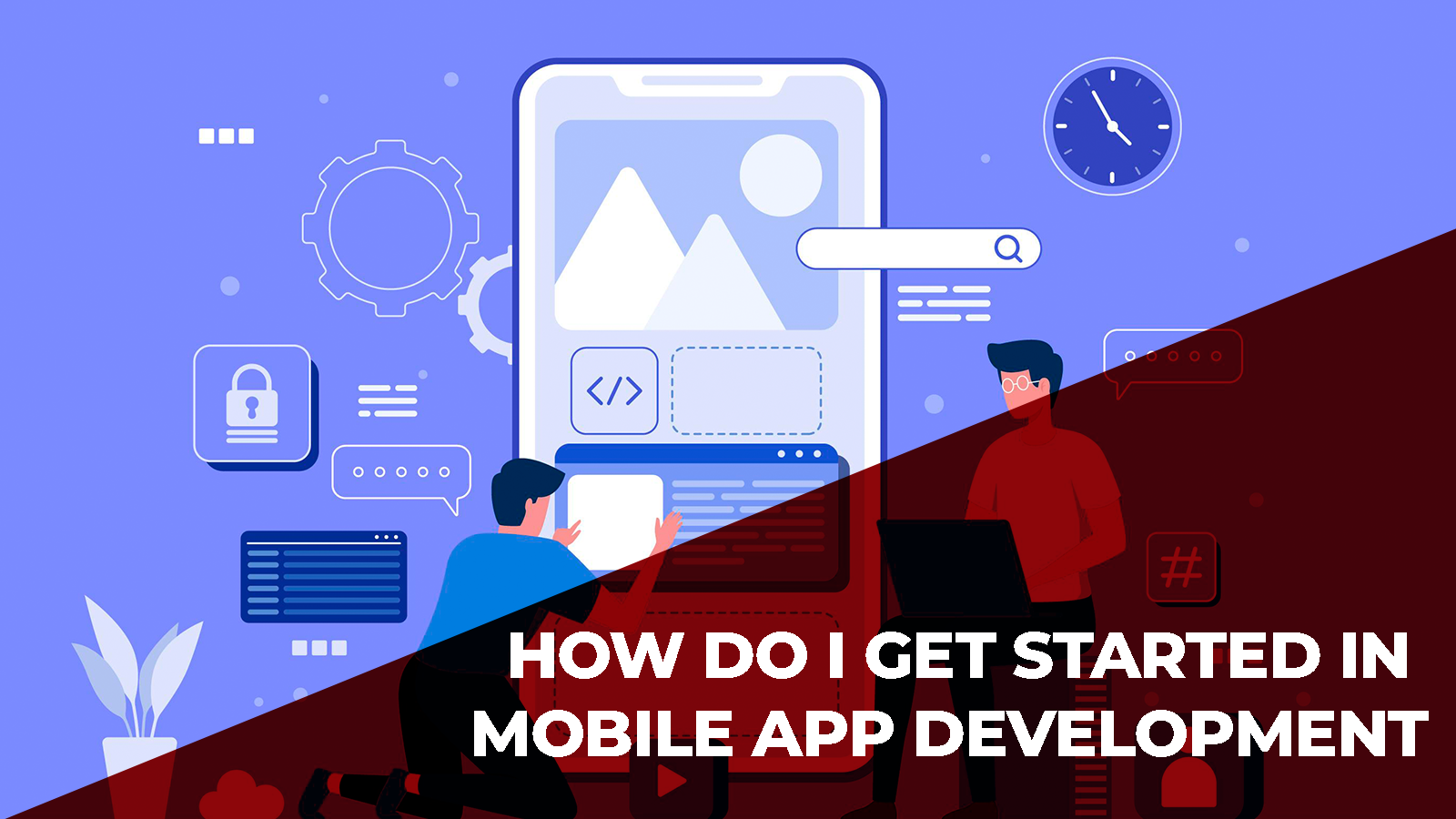Why to Get Started in Mobile App Development
Mobile app development is a dynamic field that has witnessed remarkable growth in recent years. If you’re looking to dive into the world of innovative and functional mobile applications, you’re in the right place. This guide will take you through the essential steps and considerations for starting your journey in mobile app development.
Understanding the Basics of Mobile App Development
Understanding the basics is crucial before starting any endeavor. Familiarize yourself with programming languages such as Java, Swift, or Kotlin, commonly used for developing Android and iOS apps. Get a grasp of mobile app architecture and the development lifecycle to build a strong foundation.
Setting Up Your Development Environment
The first step in the process of creating software is creating a favorable development environment. Your development environment, often referred to as an Integrated Development Environment (IDE), is where you’ll write, test, and debug your code.
Below are the steps to set up your development environment:
- Choose the platform you want to develop for – Android, iOS, or both.
- Ensure your computer meets the hardware requirements for the chosen platform.
- Install the necessary software:
- For iOS Development:
- Install Xcode
- Install macOS
- For Android Development:
- Install Android Studio
- Install Java
- Install Android software development kit(SDK)
- Depending on your specific project and preferences, install other necessary software.
- Explore the variety of extensions that enhance your development experience and install the ones that suit your needs.
- Familiarize yourself with the features and capabilities of your chosen IDE.
- Regularly update your development tools, SDKs, and libraries to benefit from bug fixes and new features.
Choosing the Right Development Platform
Choosing the right development platform is a crucial decision in the app development process. The platform you select will determine the technologies, tools, and languages you’ll use, as well as your target audience. Consider cross-platform development tools like Flutter or React Native for a more unified development process.
Key factors to keep in mind include target audience, market share, development costs, monetization strategy, programming language, app store policies, device fragmentation, development tools, user experience and design guidelines, community and support, and future scalability.
Crafting a Solid App Idea
A well-thought-out idea forms the basis for a successful and innovative application. Here are some steps to create an app idea:
- Identify a problem that your app can solve or a need it can fulfill.
- Conduct market research to ensure there’s demand for your app, and brainstorm unique features that will set it apart from the competition.
- Look into the technology stack, resources, and skills required to develop your app.
- Choose a memorable and relevant name for your app.
- Research legal considerations, such as copyrights, trademarks, and patents.
Wireframing and Designing Your App
Visualizing your app through wireframes is a crucial step in the design process. Tools like Adobe XD or Sketch can help you create a visual representation of your app’s user interface. Pay attention to user experience (UX) and user interface (UI) design principles to ensure your app is user-friendly.
Ensure that your app’s design is responsive, meaning it adapts to different screen sizes and orientations. Both iOS (Apple Human Interface Guidelines) and Android (Material Design) have specific design principles and components that you should follow to create a familiar and user-friendly interface. As your app evolves and you receive user feedback, be prepared to make design updates and improvements over time.
Coding Your App
With a solid plan and design in place, it’s time to start coding. Break down your app into manageable components and begin coding each section. Regularly test your code to catch bugs early in the development process. Version control systems like Git can help you manage changes and collaborate with others.
Testing Your App
Thorough testing is crucial to ensure your app functions seamlessly. Test for usability, performance, and compatibility on different devices and screen sizes. Consider beta testing with a small group of users to gather feedback and make necessary improvements.
Testing your app is a continuous process, and it should be integrated throughout the development lifecycle. Regular testing and feedback are essential to delivering a high-quality app that meets user expectations and performs reliably.
Launching Your App
Prepare for the exciting moment of launching your app to the world. Create engaging app store listings with compelling descriptions and visuals. Follow the guidelines of the respective app stores to increase the visibility of your app.
Marketing and Monetizing Your App
A successful app requires effective marketing. Utilize social media, content marketing, and app store optimization (ASO) strategies to increase your app’s visibility. Explore different monetization options, such as in-app purchases or ads, to generate revenue.
Consider your target audience, app type, and user preferences when choosing the right monetization strategy. Remember that a combination of marketing efforts and a well-executed monetization plan can lead to a successful and profitable mobile app.
Conclusion
Embarking on a journey in mobile app development is both challenging and rewarding. Understand the basics, choose the right development platform, craft a solid idea, and follow a systematic development process to create a successful and impactful app.
The future of the mobile app development industry is bright. So, stay committed, keep honing your skills, and let your creativity soar in the fascinating world of mobile app development. To know more about mobile app development, contact Estrrado today. At Estrrado, we aim to provide the best. Our team of highly skilled developers is ready to make your dreams a reality.
FAQs
- What programming languages are commonly used in mobile app development?
- Java, Swift, and Kotlin are widely used for Android and iOS development.
- Do I need a Mac to develop iOS apps?
- Yes, Xcode, the official IDE for iOS development, runs on macOS.
- Can I develop an app for both Android and iOS simultaneously?
- Yes, cross-platform development tools like Flutter and React Native enable simultaneous development.
- How do I market my app effectively?
- Utilize social media, content marketing, and app store optimization (ASO) to increase visibility.
- What are the common monetization strategies for mobile apps?
- In-app purchases, ads, and subscription models are popular monetization strategies.








